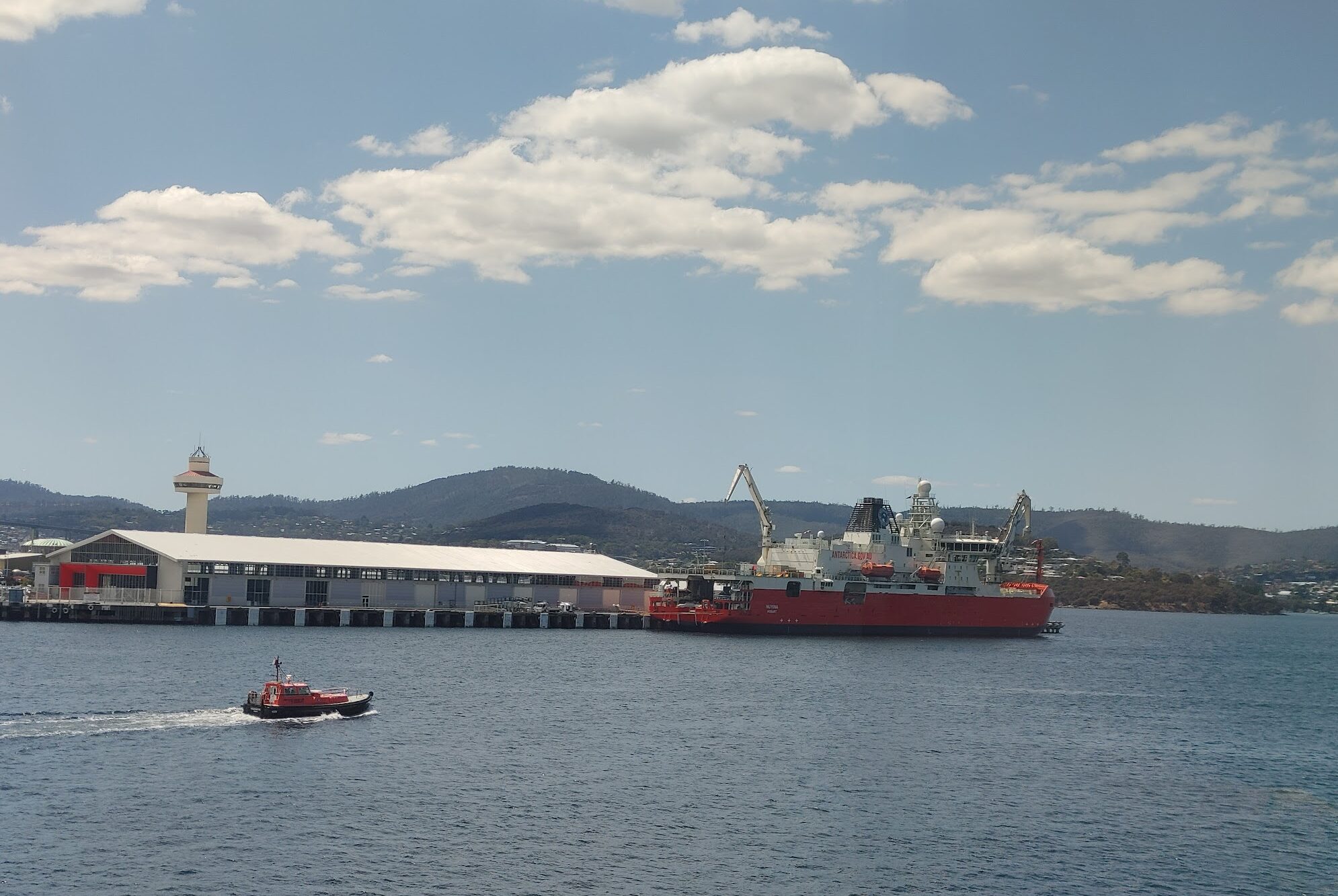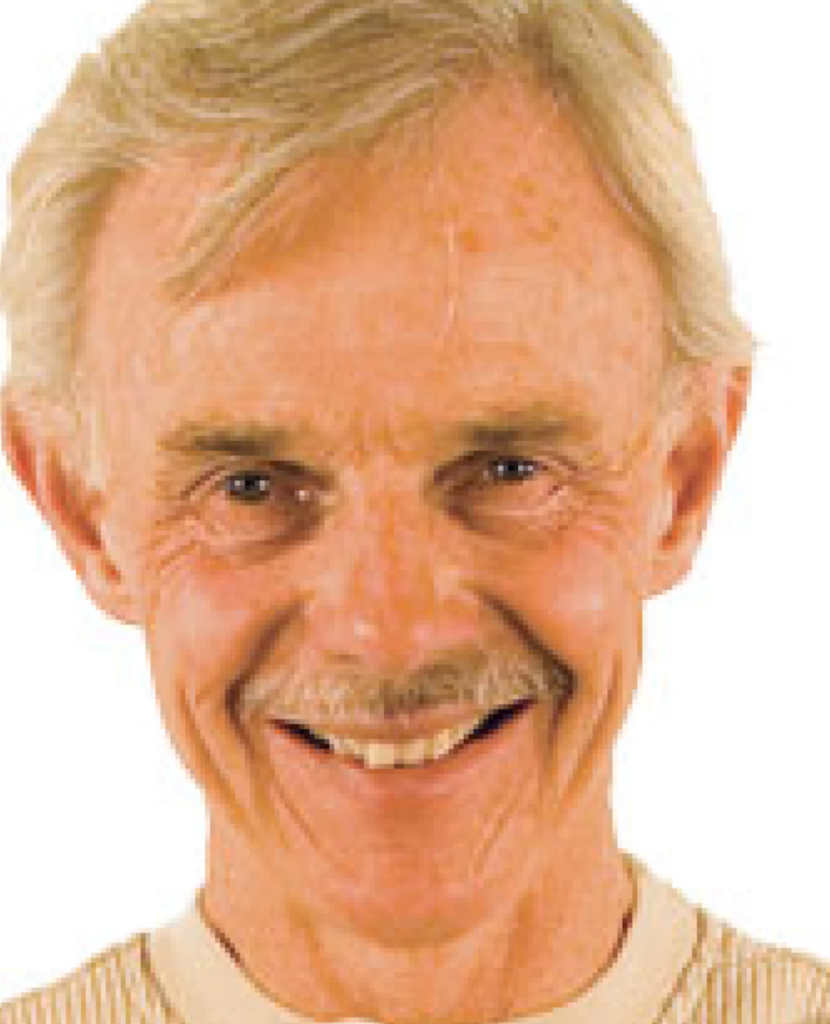Hints that Dark Energy May EVOLVE
Above: Credit: DESI
March 24, 2025
The fate of the universe hinges on the balance between matter and dark energy: the fundamental ingredient that drives its accelerating expansion. New results from the Dark Energy Spectroscopic Instrument (DESI) collaboration use the largest 3D map of our universe ever made to track dark energy’s influence over the past 11 billion years. Researchers see hints that dark energy, widely thought to be a “cosmological constant,” might be evolving over time in unexpected ways.
DESI is an international galaxy survey experiment with more than 900 researchers from over 70 institutions around the world, including from the University of Utah, and is managed by the U.S. Department of Energy’s Lawrence Berkeley National Laboratory (Berkeley Lab). The collaboration shared their findings today in multiple papers that will be posted on the online repository arXiv and in a presentation at the American Physical Society’s Global Physics Summit in Anaheim, California.
“What we are seeing is deeply intriguing,” said Alexie Leauthaud-Harnett, co-spokesperson for DESI and a professor at UC Santa Cruz. “It is exciting to think that we may be on the cusp of a major discovery about dark energy and the fundamental nature of our universe.”

The Dark Energy Spectroscopic Instrument (DESI) operating out of the Mayall 4-meter Telescope at Kitt Peak National Observatory.
Taken alone, DESI’s data are consistent with our standard model of the universe: Lambda CDM (where CDM is cold dark matter and Lambda represents the simplest case of dark energy, where it acts as a cosmological constant with constant energy density). However, when paired with other measurements, there are mounting indications that the impact of dark energy may be weakening over time and that other models may be a better fit. Those other measurements include the light leftover from the dawn of the universe (the cosmic microwave background or CMB), exploding stars (supernovae), and how light from distant galaxies is warped by gravity (weak lensing).
“We’re guided by Occam’s razor, and the simplest explanation for what we see is shifting,” said Will Percival, co-spokesperson for DESI and a professor at the University of Waterloo. “It’s looking more and more like we may need to modify our standard model of cosmology to make these different datasets make sense together—and evolving dark energy seems promising.”
So far, the preference for an evolving dark energy has not risen to “5 sigma,” the gold standard in physics that represents the threshold for a discovery. However, different combinations of DESI data with the CMB, weak lensing, and supernovae sets range from 2.8 to 4.2 sigma. (A 3-sigma event has a 0.3% chance of being a statistical fluke, but many 3-sigma events in physics have faded away with more data.) The analysis used a technique to hide the results from the scientists until the end, mitigating any unconscious bias about the data.
“We now have a better understanding of where the preference for evolving dark energy arises in the data,” said University of Utah graduate student Qinxun Li. “By comparing the distance estimates from DESI to those from less distant supernovae and the predictions from the CMB, we can illustrate how a model with time-evolving dark energy describes the data better than does the standard model for the universe.”
DESI is one of the most extensive surveys of the cosmos ever conducted. The state-of-the-art instrument can capture light from 5,000 galaxies simultaneously, and was constructed and is operated with funding from the DOE Office of Science. DESI is mounted on the U.S. National Science Foundation’s Nicholas U. Mayall 4-meter Telescope at Kitt Peak National Observatory (a program of NSF NOIRLab) in Arizona. The experiment is now in its fourth of five years surveying the sky, with plans to measure roughly 50 million galaxies and quasars (extremely distant yet bright objects with black holes at their cores) by the time the project ends.

Mechanical technician William DiVittorio performs a carbon dioxide cleaning on the mirror of the Mayall Telescope, where DESI operates.
The new analysis uses data from the first three years of observations and includes nearly 15 million of the best measured galaxies and quasars. It’s a major leap forward, improving the experiment’s precision with a dataset that is more than double what was used in DESI’s first analysis, which also hinted at an evolving dark energy.
“These new DESI measurements are not just more precise, but have also been shown to be extremely robust. We have compared these results to previous measurements and performed new tests of internal consistency and have detected no problems in the measurements” said Li, who developed several additional quality assessment tests on the DESI data that are new relative to the first-year results.
DESI tracks dark energy’s influence by studying how matter is spread across the universe. Events in the very early universe left subtle patterns in how matter is distributed, a feature called baryon acoustic oscillations (BAO). That BAO pattern acts as a standard ruler, with its size at different times directly affected by how the universe was expanding. Measuring the ruler at different distances shows researchers the strength of dark energy throughout history. DESI’s precision with this approach is the best in the world.
The collaboration will soon begin work on additional analyses to extract even more information from the current dataset, and DESI will continue collecting data. Other experiments coming online over the next several years will also provide complementary datasets for future analyses.
“With only three years of data from DESI, we have far more precise measurements than were obtained in ten years using similar techniques in the previous galaxy survey, the Sloan Digital Sky Survey,” said Kyle Dawson, a professor in physics and astronomy at the University of Utah. Prof. Dawson was the co-spokesperson for DESI from Sept. 2020 to Aug. 2024 and was also the principal investigator for the last cosmology program within the Sloan Digital Sky Survey. “I anxiously await the results from the next few years of DESI and other cosmological programs to see if these 3-4 sigma results fade away or if indeed they stick and reveal new physics beyond what we had assumed in our standard model.”
Videos discussing the experiment’s new analysis are available on the DESI YouTube channel. Alongside unveiling its latest dark energy results at the APS meeting today, the DESI collaboration also announced that its Data Release 1 (DR1), which contains the first 13 months of main survey data, is now available for anyone to explore. With information on millions of celestial objects, the dataset will support a wide range of astrophysical research by others, in addition to DESI’s cosmology goals.
DESI is supported by the DOE Office of Science and by the National Energy Research Scientific Computing Center, a DOE Office of Science national user facility. Additional support for DESI is provided by the U.S. National Science Foundation; the Science and Technology Facilities Council of the United Kingdom; the Gordon and Betty Moore Foundation; the Heising-Simons Foundation; the French Alternative Energies and Atomic Energy Commission (CEA); the National Council of Humanities, Sciences, and Technologies of Mexico; the Ministry of Science and Innovation of Spain; and by the DESI member institutions.
Story above adapted from DESI.















